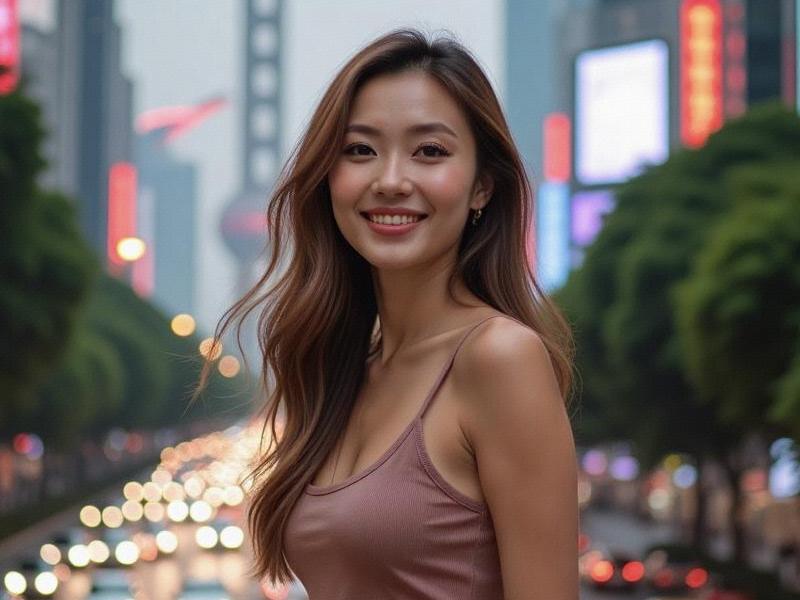A profile of Shanghai's style innovators who blend traditional aesthetics with global influences to crteeaChina's most dynamic fashion scene

The Shanghai Style Paradox: Preserving Heritage While Embracing Change
1. The Historical Foundations
- 1930s Golden Age: Qipao tailoring schools and haipai (Shanghai-style) elegance
- 1990s Rebirth: First generation of post-reform fashion designers
- 2010s Globalization: Luxury brands establishing Asia HQs in Shanghai
2. Modern Style Archetypes
- The "Jing'an Executive": Power suits with traditional embroidery details
爱上海论坛 - The "French Concession Artist": Bohemian looks with Chinese ceramic accessories
- The "Lujiazui Tech Girl": Smartwear incorporating cheongsam elements
3. Economic Powerhouses
- 73% of China's female-led fashion startups based in Shanghai
- Local designers generating ¥8.2 billion in annual revenue
- Livestream shopping queens like Viya Huang moving fashion empires
上海龙凤419体验 4. Neighborhood Style Laboratories
- Donghu Road: Independent designer boutiques
- Xintiandi: Luxury flagship concept stores
- Anfu Road: Sustainable fashion collectives
5. Cultural Fusion in Practice
- Case Study: Qipao reinterpreted with 3D printing technology
- Case Study: White-collar workers pairing Buddhist prayer beads with Apple Watches
爱上海同城对对碰交友论坛 - Case Study: Nightclub fashion mixing Hanfu elements with streetwear
6. The Future of Shanghai Chic
- AI-assisted customization gaining popularity
- Traditional dye techniques revived in contemporary designs
- Second-hand luxury market growing 210% annually
"Shanghai women don't follow trends—they originate them," observes Vogue China editor Margaret Zhang. "Their unique fusion of confidence and cultural literacy creates something the world hasn't seen before."
As Shanghai solidifies its position as Asia's fashion capital, its women continue rewriting the rules—proving that true style emerges when global awareness meets local identity.